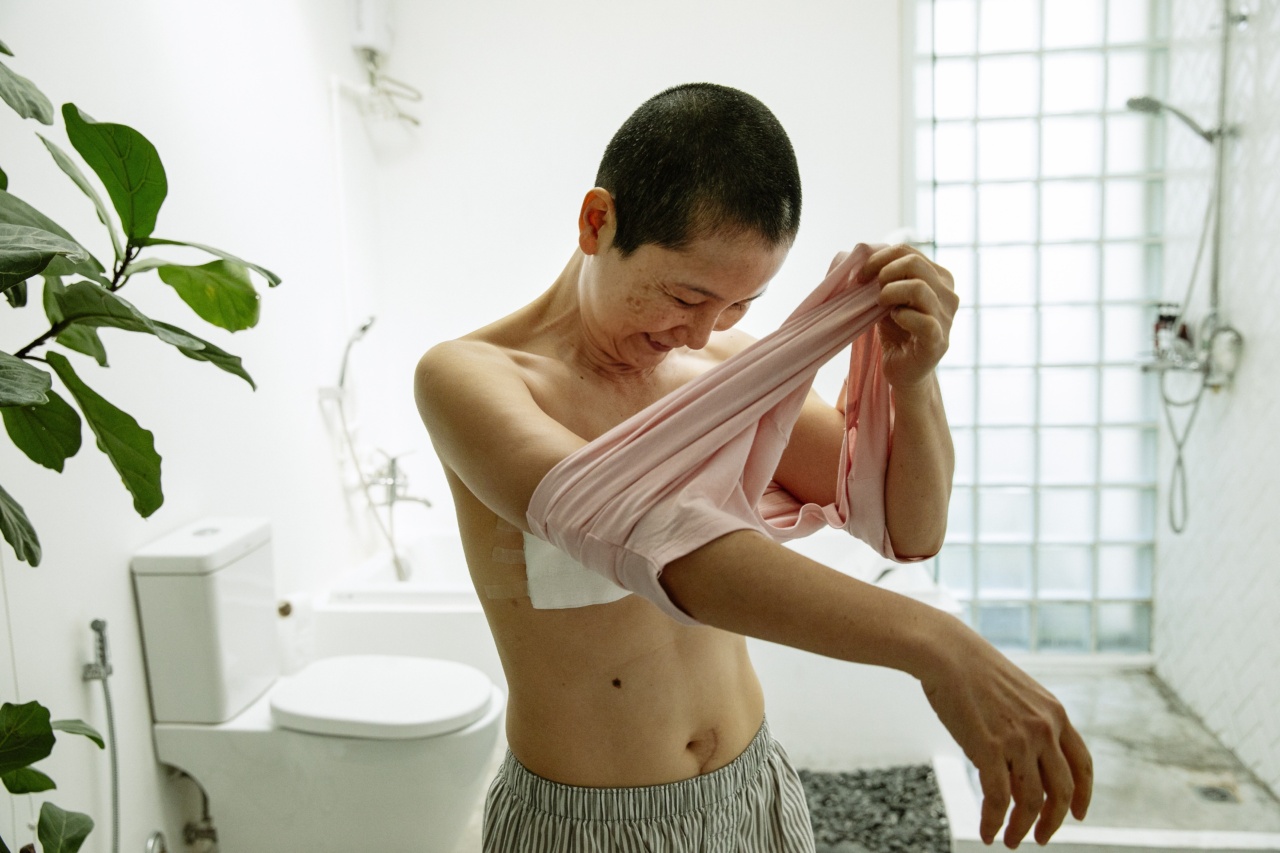Cancer remains one of the biggest challenges in modern medicine. With millions of new cases reported each year, there is an urgent need to develop effective cancer therapies.
Researchers around the world are diligently working to find innovative solutions to treat various forms of cancer. One promising approach that has shown great potential is mixed cancer therapy. This article explores the concept of mixed cancer therapy and its ability to slow down tumor growth.
What is Mixed Cancer Therapy?
Mixed cancer therapy, also known as combination therapy, is a treatment approach that involves combining multiple treatment modalities to target cancer cells from different angles.
These treatment modalities can include chemotherapy, radiation therapy, immunotherapy, targeted therapy, and other emerging therapies. The goal is to use a combination of therapies that work together synergistically to maximize the effectiveness of treatment and minimize the development of drug resistance.
How Does Mixed Cancer Therapy Work?
Mixed cancer therapy works by targeting cancer cells through multiple mechanisms. Each treatment modality used in combination therapy has a unique mode of action and targets specific vulnerabilities of cancer cells.
By targeting cancer cells through multiple pathways, mixed cancer therapy can improve treatment outcomes and increase the likelihood of tumor regression.
Advantages of Mixed Cancer Therapy
Mixed cancer therapy offers several advantages over traditional mono-therapies. One of the most significant advantages is the ability to overcome drug resistance.
Cancer cells can develop resistance to single drugs over time, rendering them less effective. By using a combination of therapies, the likelihood of cancer cells developing resistance is significantly reduced, making it a more effective treatment option.
Additionally, mixed cancer therapy can target cancer cells at different stages of their growth cycle. This is particularly important as cancer cells can vary in their responsiveness to treatment depending on their stage of growth.
By combining therapies that target different stages of the cell cycle, mixed cancer therapy can effectively kill cancer cells at various points in their growth cycle, improving treatment outcomes.
Furthermore, mixed cancer therapy has the potential to enhance the body’s immune response against cancer cells.
Immunotherapy, which is often used as part of combination therapy, harnesses the power of the immune system to recognize and destroy cancer cells. By combining immunotherapy with other treatment modalities, mixed cancer therapy can enhance the immune system’s ability to fight cancer, leading to improved patient outcomes.
Successful Applications of Mixed Cancer Therapy
Mixed cancer therapy has shown remarkable success in various types of cancer. One notable example is the treatment of HER2-positive breast cancer.
HER2-positive breast cancer is an aggressive form of breast cancer characterized by overexpression of the HER2 receptor. Mixed cancer therapy that combines chemotherapy and targeted therapy against the HER2 receptor has significantly improved the prognosis for patients with this type of cancer.
Lung cancer is another area where mixed cancer therapy has shown promising results.
Combination therapy that combines chemotherapy with immune checkpoint inhibitors has demonstrated improved response rates and overall survival in patients with advanced lung cancer.
Additionally, mixed cancer therapy has shown potential in the treatment of hematological malignancies.
Combination therapies that include chemotherapy, targeted therapy, and immunotherapy have shown efficacy in treating diseases such as lymphomas and leukemias.
Challenges and Limitations
While mixed cancer therapy offers great promise, it also comes with challenges and limitations. One challenge is the potential for increased toxicity. Using multiple therapies simultaneously can increase the risk of side effects and adverse reactions.
Careful monitoring and management of side effects are crucial to ensure patient safety and treatment success.
Another limitation is the higher cost associated with combination therapy. Using multiple treatment modalities can significantly increase treatment costs, which may limit access for some patients.
Research efforts are ongoing to explore cost-effective combination treatment options without compromising efficacy.
Furthermore, identifying the most optimal combination of therapies for each type of cancer remains a challenge.
Extensive research and clinical trials are necessary to determine the best treatment combinations and sequencing of therapies to maximize treatment effectiveness.
Future Directions and Conclusion
Mixed cancer therapy holds great promise in the fight against cancer. As researchers continue to explore new treatment modalities and gain a deeper understanding of cancer biology, combination therapies are likely to become more refined and effective.
Ongoing research efforts and clinical trials are focused on identifying novel targets and developing innovative combination treatment regimens.
In conclusion, mixed cancer therapy has emerged as a powerful approach in the treatment of various forms of cancer.
By combining multiple treatment modalities, mixed cancer therapy can effectively slow down tumor growth, overcome drug resistance, and improve patient outcomes. Continued research and advancements in the field of mixed cancer therapy offer hope for more effective treatments and improved survival rates for cancer patients.
























